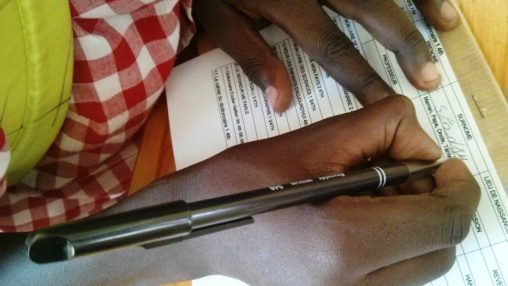Competitiveness
National Academic Achievement
Though the 1987 Constitution of Haiti requires that a public education is offered free to all people, the Haitian government has been unable to fulfill this obligation. 94% of all children do not attend pre-primary programs (Unesco 2012). The illiteracy rate of the Haitian population is estimated at 47%. The graduation rate in primary school is below 30%. Out of the 67% enrollment rate for elementary school, 70% continue on to
Educating Children and Youth in Crisis and Conflict Situations
Improve equitable access to education, especially for the most vulnerable, such as displaced populations, ethnic minorities and war-affected youth. Provide safe access to schools for students and teachers, especially for girls. Rebuild education systems, including the teaching corps. Improve the management of school systems. Prevent and mitigate conflict and crisis though activities such as the
Educating Children and Youth in Crisis and Conflict Situations Read More »
Expanding Access to Higher Education and Workforce Development
As globalization increases the demand for higher-level skills, a growing number of young people in the developing world find themselves without the relevant knowledge to fully participate in and contribute to economic growth. USAID is helping countries expand equitable access to higher education and workforce development programs, while improving the quality and relevance of these programs.
Expanding Access to Higher Education and Workforce Development Read More »
Vietnam’s Bilingual Experiment
The country’s bilingual education programs for minority students could help close some socioeconomic gaps. At a handful of schools across Vietnam, children from ethnic minorities are finding something rare when they enter a classroom: They understand what the teacher is saying. The country is experimenting with bilingual educationfor Khmer, Hmong and Jarai students, most

